Malaysia has become an incredibly hot tourist destination, surpassing even Thailand as the most visited Asian country in 2024. And that’s why I recently took an interest in the tourist experience presented by its capital, Kuala Lumpur.
Over the past few weeks, I buried myself in research and online interviews with expats living in “KL” (the common local name used to refer to Kuala Lumpur) about must-do activities in the city.
The recommendations ranged from museums giving an overview of Malaysian culture to delicious street food destinations.
In this guide, I’ll present a 2-day itinerary for Kuala Lumpur with an optional day 3 for the more adventurous. All of the items are based on my intensive prior research and curated based on my own experience following the itinerary. This means some of the planned inclusions that turned out to be lackluster were left off the itinerary altogether.


Plan your trip to Kuala Lumpur
Kuala Lumpur Itinerary Overview
Before going into further detail on my itinerary, let me first provide you with this quick reference table. It includes each major stop along with the anticipated cost (entrance fee + expected spending) and the online booking link if there is one.
If there is no online booking portal for an activity but it should still be booked in advance, I instead included the organization’s Facebook account and you can message them there. (English is commonly spoken in Kuala Lumpur, so you should have no issues making a reservation.)
For destinations like markets where you could spend anything from $0 to $100, I didn’t even hazard a spending estimate and wrote “N/A” instead. For food destinations, I wrote a rough estimate of how much most visitors will spend to fill up there and included a drink.
NOTE: To avoid any closures or unavailabilities for the itinerary activities, the best day to start the itinerary is Thursday. Be mindful that many Malaysian establishments are closed on Mondays.
Note that almost all attractions in KL that charge admission have discounts for children under 13.
Travel Tips for Kuala Lumpur
Before getting to the actual itinerary, let’s go over some tips that will act as jumping-off points for your trip.
Getting Around Kuala Lumpur
During my research and my eventual trip last week, I found out what a huge and heavily-developed city Kuala Lumpur is. Luckily, they have a convenient, clean, and easy-to-navigate rail system that services most of the city. For faster trips and transport to more remote areas, there is a great taxi option.

The Kuala Lumpur Rail System
KL has an extremely comprehensive rail system that includes an above-ground metro, ground-level trains, and below-ground subways. It spans 12 lines that weave amongst each other all around the city center and nearby suburbs. If you’re willing to transfer once in a while, you can get from any station to any neighborhood you want to go to for the equivalent of a dollar or two.
Something I wish I had known before visiting KL is that you can buy a pass that will get you unlimited rides on all KL rail and bus rides. A 3-day unlimited pass costs RM25 ($5.35) and a 1-day pass costs RM10 ($2.15). You can find out more info about the KL Rail Pass here and buy one at a train station there.
Grab Car in Kuala Lumpur
“Grab” is essentially the Southeast Asian Uber. Like Uber, you can install the app on your phone, enter your Malaysian phone number, and then use the app to enter your pickup point and destination when you need a ride. The app will quote you a price and send a driver to pick you up. In my experience, prices within the city center ranged from RM7-15 ($1.50-3.20).
Kuala Lumpur Buses
I usually like taking public buses when traveling, but the buses in KL were more than a bit offputting. Just getting on was often confusing since the stops tend to be unmarked and clustered closely together. Plus, the only time I almost got pickpocketed in Kuala Lumpur was on a bus – I actually had to slap away the hand of the prospective thief. So I would recommend steering clear of the buses in this case.
When to Visit Kuala Lumpur
Weather-wise, the best time to visit KL is generally the summer months of July-August. The average temperature during that time is 28 degrees Celcius (82 F). January or February is also a good time to visit, as it’s a bit cooler. Both of these visiting windows have little rain most years.

Where to Stay
My single most recommended hotel for a short stay in Kuala Lumpur is Hotel Olympic Malaysia for 3 reasons:
- It’s a 10-minute walk to Chinatown on one side and Bukit Bintang on the other side. Those are two of the best neighborhoods in the city to soak up KL’s urban culture, with Chinatown being a bit more traditional and Bukit Bintang being a more modern shopping and entertainment district.
- It’s right next to two train stations, Plaza Rakyat and Merkeda. Between them, you’ll be able to reach almost any neighborhood in central KL in no time. If you’re following this jam-packed itinerary and trying to stick to cheaper transportation, that will be a major plus.
- It’s right across the street from the 118-floor Merkeda Tower, by far the tallest building in KL. The sheer size of the mammoth skyscraper awed me every time I stepped out of the hotel.
Just a tip, though: if you stay here, buy a SIM card you can tether to your laptop because the wifi in some of the rooms here isn’t great.
Kampung Baru is a neighborhood further north that has a pleasant local vibe to it that I really enjoyed. It’s not as well-connected by rail, though, so be prepared to spend a bit more on Grab Cars if you stay there.
Arrival Day
Getting through immigration at Kuala Lumpur airport should be a breeze; as long as you’ve already filled in the free Malaysia digital arrival card online, there’s no visa fee and no hassle to get through the automated immigration gates.
A train runs from the airport to KL Sentral in the city center. It costs RM50/person, but I’d recommend springing for the unlimited pass that gets you on the airport train and gives you free rides on the city’s rail system for 2 days. You can buy the KL Travel Pass at the transport counter near the station in KLIA Terminal 2.
Getting a taxi or using the Grab app is also an option, but the airport is far from the city and traffic can be brutal during rush hour. The train is generally the most reliable and convenient option, while only sometimes the cheapest.
Day 1



Now, on to the actual itinerary. I’m going to suggest a time for each activity, but it’s flexible unless I note in the activity description that it only occurs at a certain time.
08:00 AM – 08:45 AM: Breakfast at Nasi Lemak Manjo At Kg Baru
Nasi Lemak is perhaps to most quintessential Malaysian dish there is, so it’s the perfect way to start your Kuala Lumpur experience. It consists of stewed or curried meats or vegetables piled onto coconut rice. At most Nasi Lemak shops (including Manjo), you get to browse a huge buffet of items to add to your plate of rice. You’ll see it being sold at vendors on practically every street in the city, but Nasi Lemak Manjo is one of KL’s most famous destinations for the dish.
I went there and I can definitely see why. You can taste the traditional care put into the food prep, with almost everything I tried presenting a deep and complex flavor arising from slow cooking and a variety of perfectly balanced spices. I would have nasi lemak several more times during my adventures in KL, but it would never be as delicious as it was on that first morning at Nasi Lemak Manjo.
Serving sizes are nice and large. You’ll probably end up paying RM15/person considering each item added to rice is about RM5 and a drink is a few more RM.
08:45 AM – 09:30 AM: Walk to Cosmo Hotel
The walk is fairly nice and doesn’t pass any highways. Of particular interest is Jalan Masjid India, a colorful Indian market on a pedestrian-only street. You won’t have much time to hang out here now if you want to keep to the itinerary, but it’s worth checking out to see if you want to come back later.
09:30 AM – 11:30 AM: Free Walking Tour (Thursday & Sunday Only)
It’s astounding this scheduled two-hour tour is free because the guides obviously have a ton of experience and passion for the history of Kuala Lumpur. The tour stops are a bit flexible, meaning you can request specific locations to stop at in the area if you’re curious. However, I encourage you to stick to what they have planned; the organization of the tour is great. Plus, it’ll provide some great context for the sights you’ll see on the rest of the trip.
Even though the East-West Connection walking tour is technically gratis, I’d highly encourage you to leave a tip of at least RM40.
11:30 AM – 12:15 PM: Pasar Seni Craft Market and Mall
Pasar Seni is one of the busiest outdoor shopping areas in KL. It’s also known simply as the “Central Market” because it’s the oldest major commerce hub in the city. Most of the items being sold here are mass-produced tourist tchotchkes, but you can find some really cool crafts if you take the time to wade through the rest.
Sellers are also very open to bargaining, so know that you’re probably getting ripped off if you pay anything close to full price. For instance, I wanted to buy a hand-painted wallet and was initially quoted RM45. I came back to the seller with an offer of 25RM and got an immediate “ok.” I’ll never know if I was still overpaying or not.
12:15 PM – 01:30 PM: Lunch in Chinatown
Chinatown, one of the most culturally rich parts of Kuala Lumpur, is just a 5-minute walk from Pasar Seni. I’d recommend stopping by Guan Di Temple on your way there. The magnificent red and gold architecture and incense urns inside are a great window into to KL’s old Chinese culture, and the free admission doesn’t hurt either.
Once in Chinatown, look for a restaurant to get lunch. My top tip for finding good food in these crowded neighborhoods is to GO SOMEWHERE WITH A LOT OF LOCALS EATING THERE. In this case, eat somewhere with a lot of Chinese customers. I went to a Chinese place called Westlake and had a good meal, but I encourage you to scope something out for yourself.
Also while you’re here, try to swing by Kwai Chai Hong, an alley decorated with traditional Chinese Street Art.
01:30 PM – 02:00 PM: Taxi to CWOKS Craft Studio
02:00 PM – 04:30 PM: Batik Drawing and Painting Workshop at CWOKS
“Batik” is an art form that originated in Java and involves waxing and dyeing cloth in elaborate patterns to create colorful designs that have a uniquely flowy look to them.
The 150-minute Batik workshop at CWOKS takes place at 10 am and 2 pm every day and allows you to try your hand at the art form, waxing and dyeing a paper to create a gorgeous souvenir that radiates traditional Malaysian culture. I brought our Batik paintings home and framed them here – it was easy to find frames that fit since the paper used for the class is A4 size. The workshop costs RM35 for 150 minutes, and it’s suitable for all ages.
04:30 PM – 07:00 PM: Rest Time
Take the next few hours to rest. During this time, I’d recommend either:
- Returning to your hotel for a lie-down;
- Walking or taking a taxi the the nearby Barn Pavillion KL, a nice bar;
- Taking a taxi to the Museum of Illusions, a museum with a series of rooms that look like scenes out of an MC Escher painting. It’s a great spot for photos; and
- Playing a quick round at the nearby Royal Selangor Golf Course.
07:00 PM or When People are Hungry: Taxi to Jalan Alor Food Street
Jalan Alor is Kuala Lumpur’s most vibrant street food area. Not only will you be able to fill your stomach for a reasonable price, but you’ll also learn more about Malaysia’s diverse cuisine. You’ll find Indian, Chinese, Malay, and Halal food, as well as the hybrids that KL’s cultural melting pot has created.
After Dinner: Petaling Street Market and Chinatown
Since Chinatown is probably on the way back to your hotel, you may as well give yourself a change of scenery after dinner at Jalan Alor and check out KL’s other most popular street food area, Petaling Market in Chinatown, for some dessert. My recommendations are cendol (the most Malaysian dessert you can find) and a coconut smoothie.
After dessert, take a stroll around the broader Chinatown area. You were here earlier, but it’s even prettier at night. Try to check out the River of Life, a long canal running through the city. The bright lights along the part of the river near Chinatown are a poignant way to end your first full day in Kuala Lumpur.
Day 2



Breakfast Near Your Hotel
The first day of the itinerary introduced you to the kind of food on offer in KL. Now it’s time for you to scope out something for yourself! Food prep in Kuala Lumpur tends to be pretty hygienic compared to many Southeast Asian destinations, but it’s a good practice to stick to locations where at least a few locals are already eating.
10:00 AM – 10:30 AM: Free Shuttle to Royal Selangor Visitor Centre
This morning, you’ll head to the Royal Selangor Visitor Centre for a pewter-crafting workshop. The center offers a free shuttle that picks up visitors from their hotels. Remember to book in advance via the link provided in the table above.
10:30 AM – 12:00 PM: Royal Selangor Pewter-Crafting Workshop and Museum
“The Foundry” is an in-depth pewter-crafting workshop at the Royal Selangor Visitor Centre. The 60-minute class is a great way to learn a little about the industrial side of Kuala Lumpur while making a pewter accessory of your choice you get to take home.
Souvenirs I get during my travels are usually just figurines or magnets used for decoration, but I made a pewter mug and it was nice to finally have a souvenir I can use for an actual purpose. I also got to keep the apron I wore during the class. The workshop is recommended for people 15 and older, and it costs RM75/person. If you are traveling with kids, the Centre offers a cheaper and more basic pewter-crafting workshop that’s only 30 minutes and is suitable for all ages.
After the workshop, take a few minutes to explore the rest of the Visitor Centre. There is a museum dedicated to the history and science of Malaysian pewter and a few impressive pewter structures.
12:00 PM – 12:15 PM: Taxi to National Art Museum
12:15 PM – 01:00 PM: Lunch at SEJIWA, the Museum Cafe
This cafe is very highly rated, but it’s closed on Mondays. If you happen to be coming here on a Monday, eat either outside the museum or at the cafe of the Royal Selangor Visitor Centre.
01:00 PM – 02:00 PM: Explore the Museum
The National Art Museum is free to enter and has some very engaging exhibits. You might think that an art museum would be more or less the same no matter where you travel, but you’d be wrong. Malaysian painters definitely have a distinct style. They put more color into their paintings and they focus more on commerce in their work.
Perhaps the most fascinating exhibit to me was the ground floor hall that told the story of Ferdinand Magellan and his Malaysian “assistant,” Enrique of Malacca. The exhibit included a few maps made throughout the past 1000 years, paintings depicting the fabled spice islands, and a video retelling of the journey.
02:00 PM – 03:00 PM: Titiwangsa Park
The Museum is right next to Titiwangsa Park, a great place to experience a bit of Kuala Lumpur’s natural beauty. The park is well-kept and has a large lake in it that has a paved pathway around it, so it’s comfortable to walk around even with kids. The scenery is still distinctly tropical, though.
Titiwangsa Park is so big that it is actually divided into different “walks” to explore. Instead of covering what you can on foot, though, I’d recommend renting a bicycle so you can see it all. This pin shows the location of the nearest bicycle rental area. The park rents normal bicycles, tandem bikes, and bikes with a child carrier. Normal bicycle rental fees should be RM10/hour, though they’ll likely try and overcharge you at first so you’ll probably need to insist on the proper price. If you’re not sure where to go, try cycling around the lake and then making your way to the park’s canopy bridge.
Be aware that there is nowhere in the park to buy water, so bring a full bottle with you.
03:00 PM – 03:15 PM: Taxi to She A Po Durian
After you’ve seen your fill of the park, return the bikes and hop in a taxi.
03:15 PM – 04:00 PM: Try Durian or Durian Ice Cream
If you’ve ever eaten or even smelled durian, you’re probably skeptical about this itinerary item. And I know how you feel if so; before trying durian in Malaysia, I was always disgusted by the fruit, too. But I had heard that Musang King, a durian variety unique to Malaysia, is the best durian in the world, so I figured I’d try it. And you know what? I absolutely loved it.
If you’ve tried other durians, you’re probably used to the dominant flavor of the fruit being a deep pungency that’s almost like onion with a hint of sweetness underscoring it. The dominant flavor of the Musang King, though, was a rich and creamy sweetness. The pungency was still there, but it was not overpowering.
Not only that but the seeds of the Musang King were surrounded by a thicker layer of the decadent durian fruit than the varieties I’m used to, which meant I could really sink my teeth into the creamy texture instead of scraping the seeds clean with my teeth.
If you’ve disliked durian in the past, or if you’ve never tried durian before, I highly encourage you to try Musang King with an open mind. For those who can’t bear to try it, go with the durian ice cream offered at She A Po.
It should be noted that durian, especially Musang King, is EXPENSIVE. You’re not being ripped off when you’re charged RM80 for a kilogram of fresh Musang King; it’s just that sought-after.
04:00 PM – 05:00 PM: Petronas Twin Towers
Petronas Towers is extremely touristy and may be a little bit (GASP) overrated, but it’s also utterly iconic and is really the defacto symbol of Kuala Lumpur. The architecture of the building is really cool, and the view from the 86th-floor viewing deck (and the sky bridge on the way up) is pretty impressive.
Tickets cost a steep RM98 for adults. Most days, you’ll be able to wait in a long line to buy tickets at the tower, but I recommend buying tickets in advance at the link in the table above to avoid the delay.
I enjoyed the free Symphony Water Show in a fountain near the foot of the towers even more than the towers themselves. The fountain shoots up jets of water colored by lights and accompanied by music. The show takes place every night at 8, 9, and 10 pm, though, so you’ll have to come back later if you are trying to stick to the itinerary.
05:15 PM – 07:30 PM: Aquaria KLCC OR MinNature Malaysia
These were two of my favorite activities on my Kuala Lumpur trip, so it pains me a little to include them as an either/or option on this itinerary. If you have free time to spend in the city later, I’d recommend coming back to the one you didn’t choose. Otherwise, pick whichever interests you more.
Aquaria KLCC is a short walk from Petronas Towers and is one of the biggest aquariums in Asia. It’s extremely well-maintained and has interesting exhibits from start to finish. The marine wildlife is almost all native to oceans around Asia only, so it has a lot of aquatic species you can’t see in aquariums elsewhere. It’s well worth the admission, which is only RM70 ($15) if you buy tickets from the link in the table above rather than at the front desk of the aquarium.
MinNature is an amazing museum on the second floor of Sungei Wang Plaza in Bukit Bintang shopping and entertainment district. The museum is full of spectacularly detailed dioramas depicting various parts of Malaysian culture. The dioramas in the first room depict scenes from daily life like a street food market, a fishing outpost, or a Malaysian farm. The dioramas in the second and third rooms highlight iconic sights in the different provinces and major cities of the country. Just looking at the dioramas, you can feel that the owners of MinNature Malaysia have an overflowing passion for their craft.
Admission to the MinNature museum is RM30 for adults. You can buy tickets at the front desk.
07:30 PM – 07:45 PM: Taxi to Pudu Wai Sek Kai Malay Food Court
07:45 PM: Dinner at Pudu Wai Sek Kai
Pudu Wai Sek Kai was recommended by a Malaysian friend, and he did not let me down. It’s one of the few places I visited in KL that felt untouched by modern development even though it’s in the middle of town. It was an odd feeling seeing all the quaint street vendors and plastic table and chair sets set against a background of a decidedly 21st-century megacity.
The food court itself has tons of options. I won’t spoil everything for you, but I will tell you that my favorite thing was a fried rice noodle dish called char kway teow and a dessert of iced lin chee kang, a sweet soup.
Nearly everything at Pudu Wai Sek Kai is extremely affordable, so bring RM75 and go nuts.
Day 3


Breakfast Near Your Hotel
08:45 AM – 11:30 AM: Authentic KL Bicycle Tour
I love taking cycling tours of new cities I visit because they allow you to cover a lot of ground while still feeling an interpersonal connection to your surroundings. This “Authentic KL” tour was no exception, and it’s not a retread of sights you’ve already witnessed on this itinerary either.
Meet at 8:45 for the tour at the Mike’s Bikes office in MATIC, the Malaysian Tourism Center.
11:30 AM – 12:45 PM: Red Line to SS15
To get a well-rounded feel for Kuala Lumpur, you need to travel outside the city center to a more working-class area. To do so, I’d recommend taking the red LRT line southwest towards Putra Heights and getting off at SS15.
12:45 PM – 01:45 PM: Lunch
Being further out of the city center, the numerous restaurants in SS15 will be even less expensive and, in my opinion, more delicious. A few good eateries in SS15 are:
- SS15 Rojak and Cendol for more Malaysian street food.
- Restoran Gold Chilli for the best butter chicken outside of London.
- Uncle Soon Fried Rice if you’re really hungry and need a delicious carbohydrate bomb.
01:45 PM – 05:00 PM: Spend Time in SS15
I’m aware that I’m a bit of an outlier for loving suburban areas of big cities so much, but I just can’t get enough of the quiet, quaint, but still very modern charm that these kinds of neighborhoods provide. People tend to exhibit a more laid-back attitude, food tends to be cheaper and more lovingly made, and the streets aren’t as crowded, but you still have access to urban conveniences like 7-11s and street food.
I found the trademark suburban charm in spades at SS15, the first neighborhood I visited. There are a few large universities there that make it sort of a student hotspot, which only adds to its exciting and vibrant feel. I came here for Meeples European Board Game Cafe (which I highly recommend to board game fans), but there are a lot of other options to explore too. For instance, I had some of the best loose-leaf tea I’ve ever tasted at Tea Impression and I was told The Beer Factory is a great place to spend an evening.
If you’re traveling with kids and want an activity for them, sub out SS15 for SS2 and go to Escape Petaling Jaya, which is a fantastic obstacle course in a mall. Get off the red line at the Glenmarie Station to get there.
05:00 PM – 06:15 PM: Take Red Line Back to Brickfields
Brickfields is the “Little India” of Kuala Lumpur. It’s also right on the red line of the LRT. Take the line towards Gombak, get off at the KL Sentral stop, and it’s a short walk.
06:15 PM – 07:30 PM: Eat at an Indian Restaurant in Brickfields
Given that over 10% of Kuala Lumpur residents are Indian, it’s no surprise that the Indian food in its most famous “Little India” district is both delicious and deeply authentic. I had a great meal at Bombay Talkies Restaurant, but any eatery in this neighborhood that gets good reviews on Google Maps should wow you.
This itinerary is designed to give you a feel for every part of Kuala Lumpur, but it is only the very tip of the iceberg in terms of what the city has to offer. If at all possible, I encourage you to stay longer than a few days and do some of your own exploring in addition to what’s on here to experience Kuala Lumpur on a deeper level.
Some links may be affiliate links, meaning I may earn commission from products or services I recommend. For more, see site policies.
Posted AUG 22, 2024

![10 BEST Camera Backpacks for Travel [2024 Guide]](https://www.nomadasaurus.com/wp-content/uploads/2022/02/Best-Camera-Backpack-Feature.jpg)
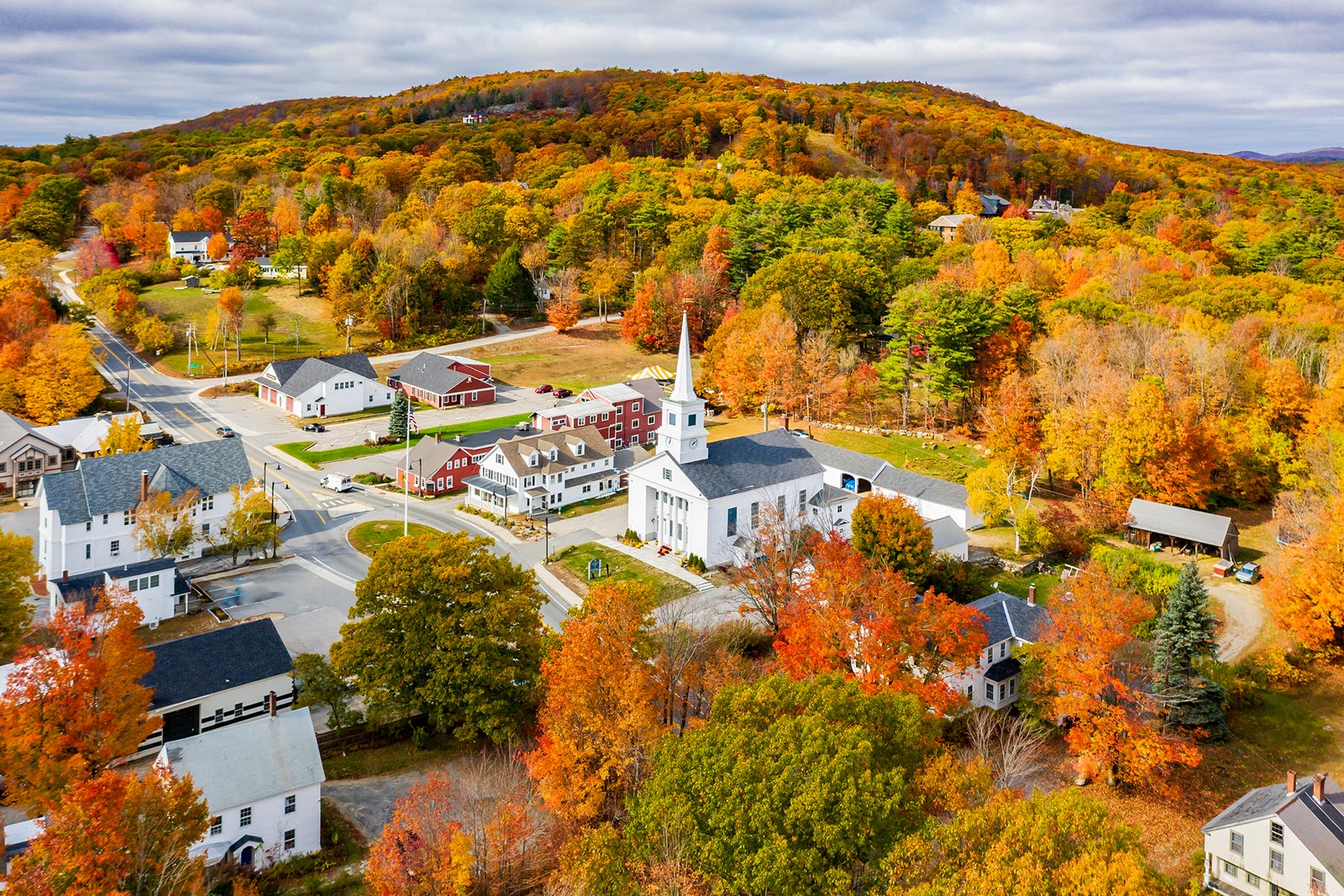
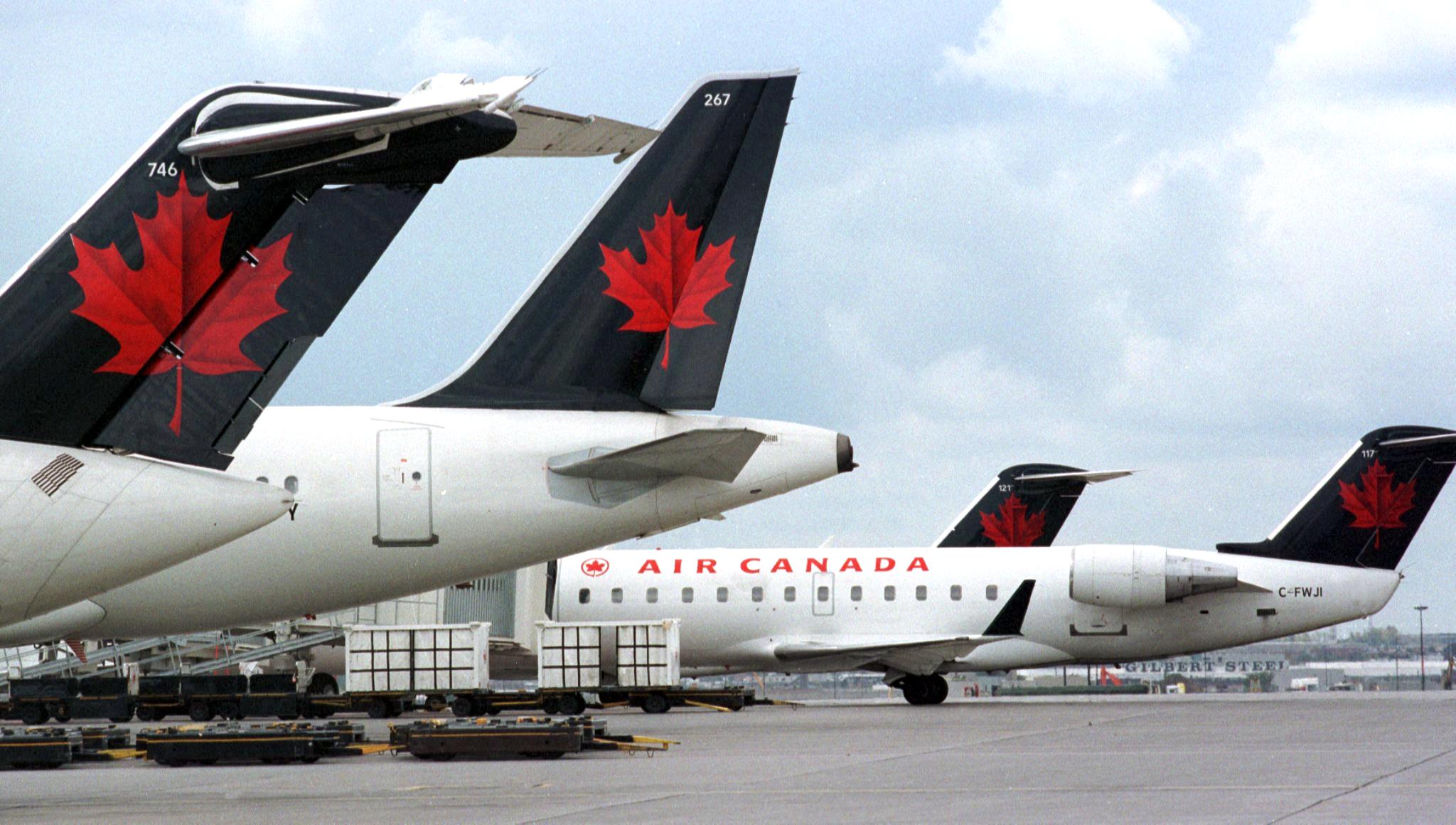
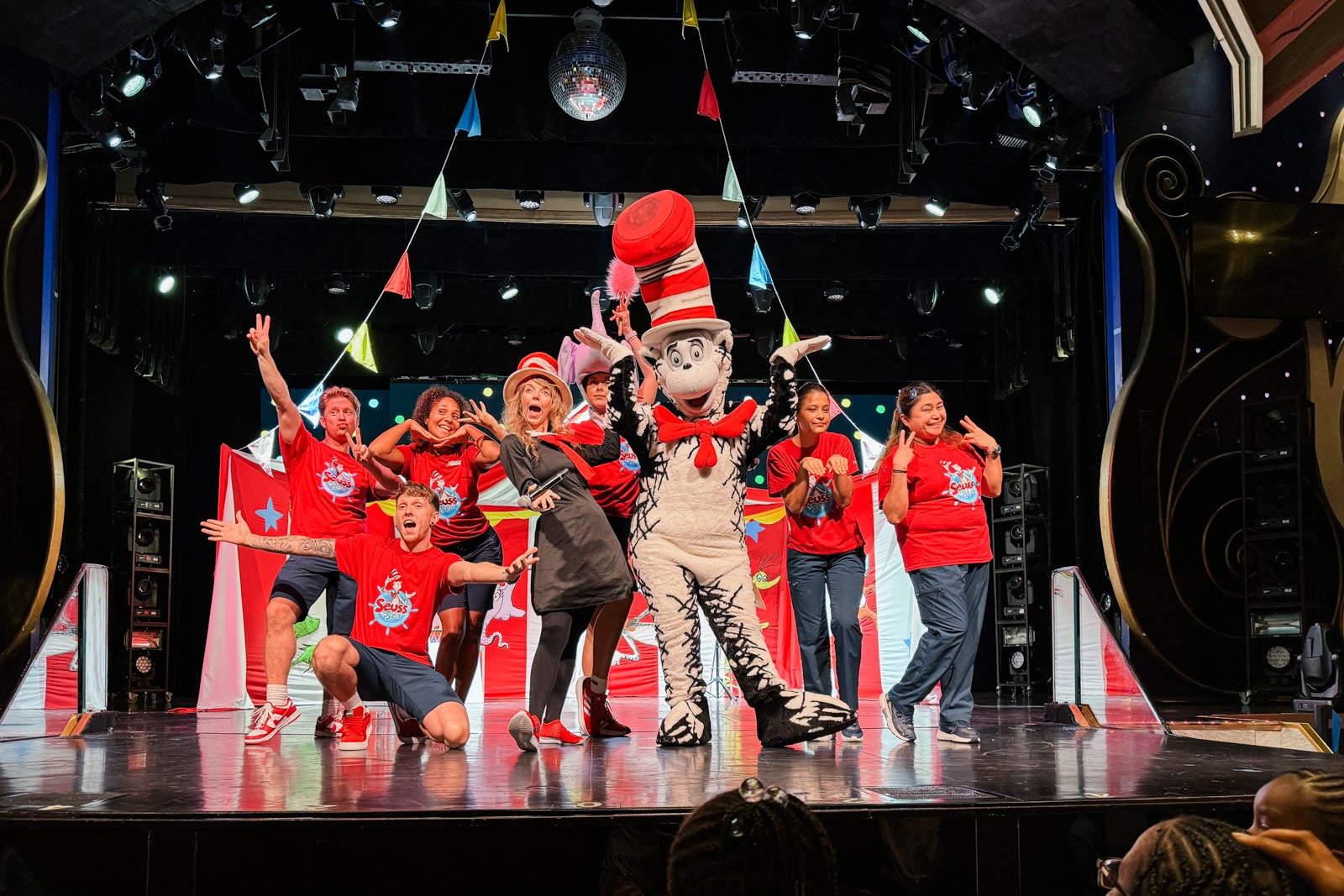
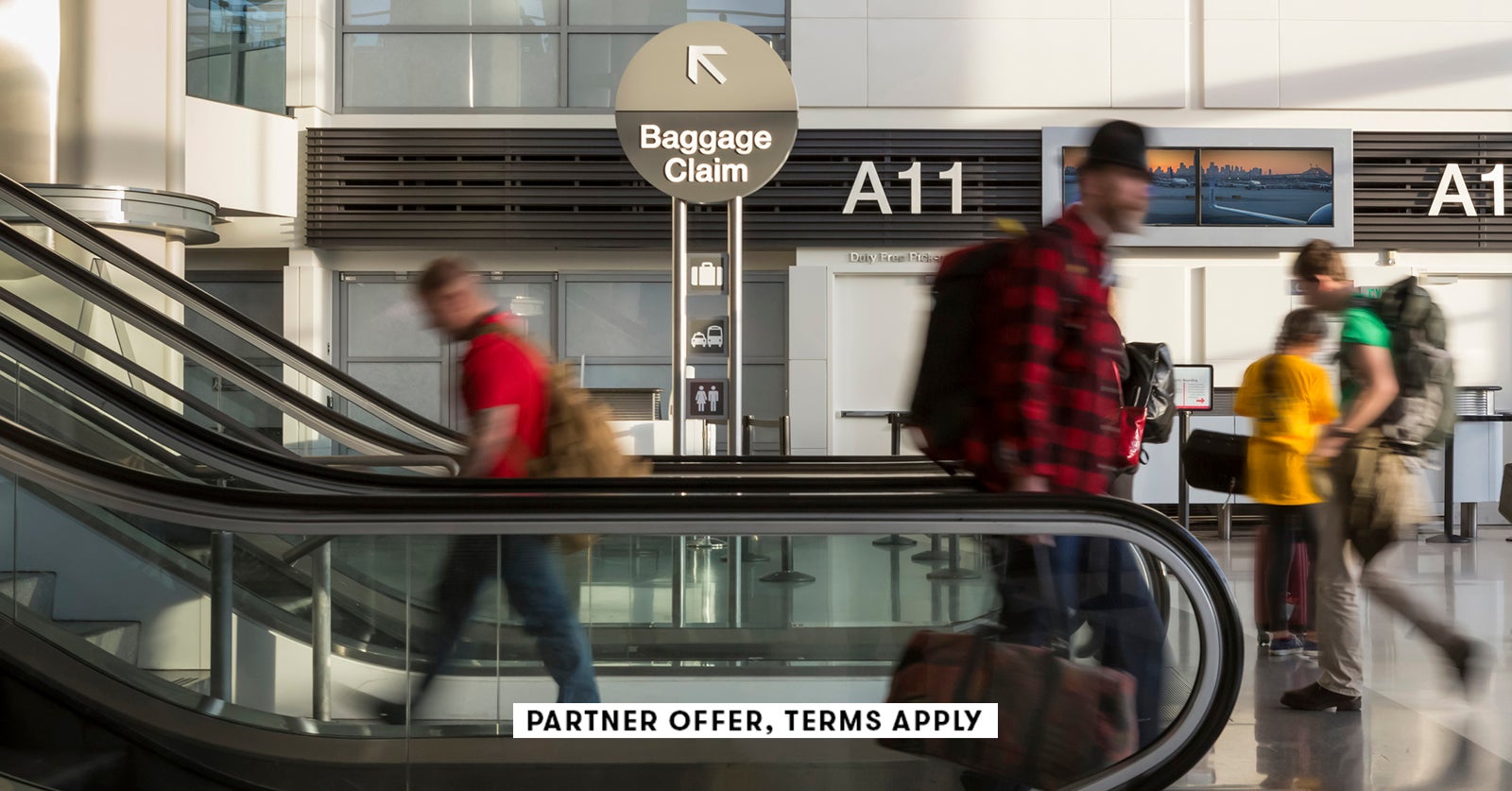
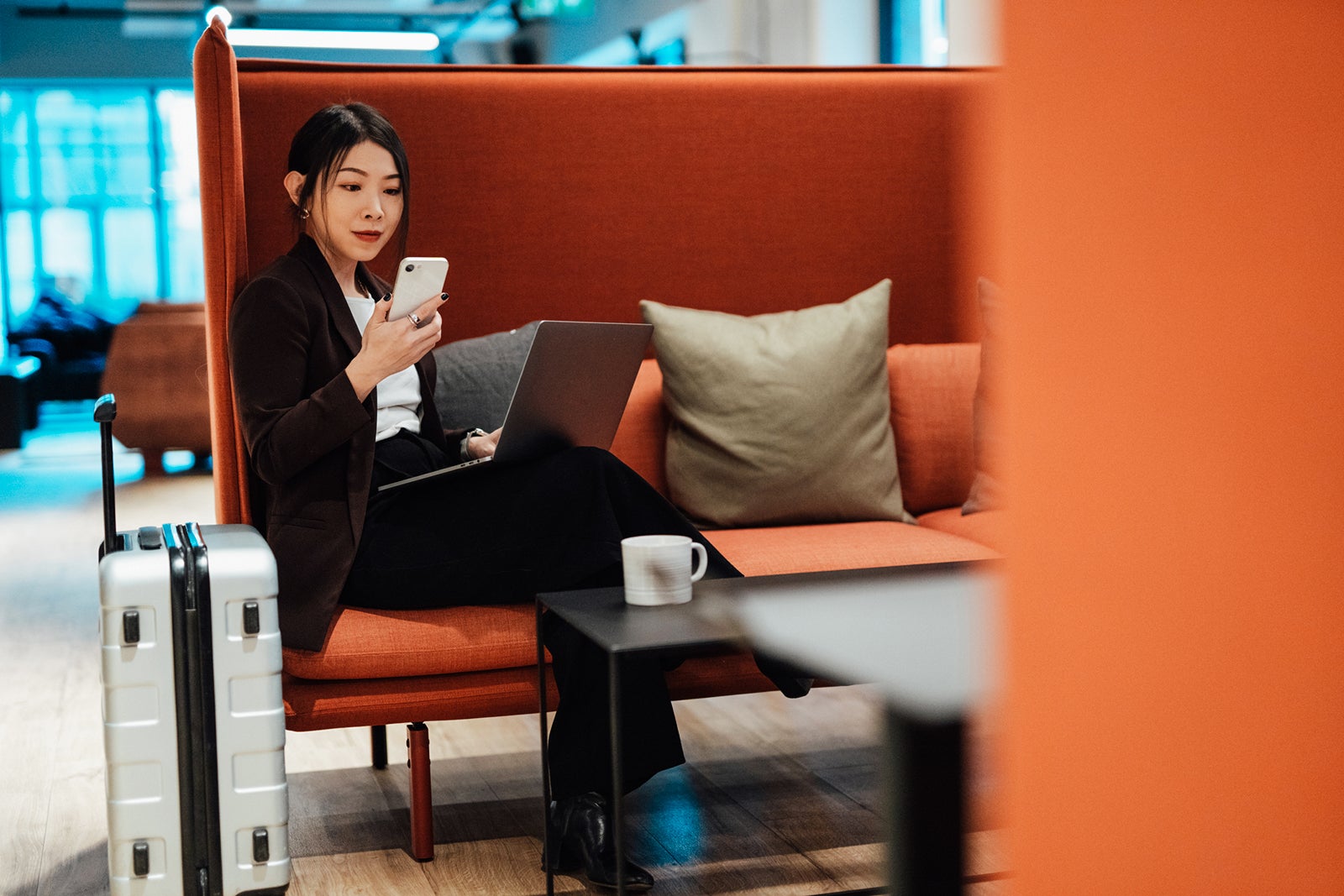
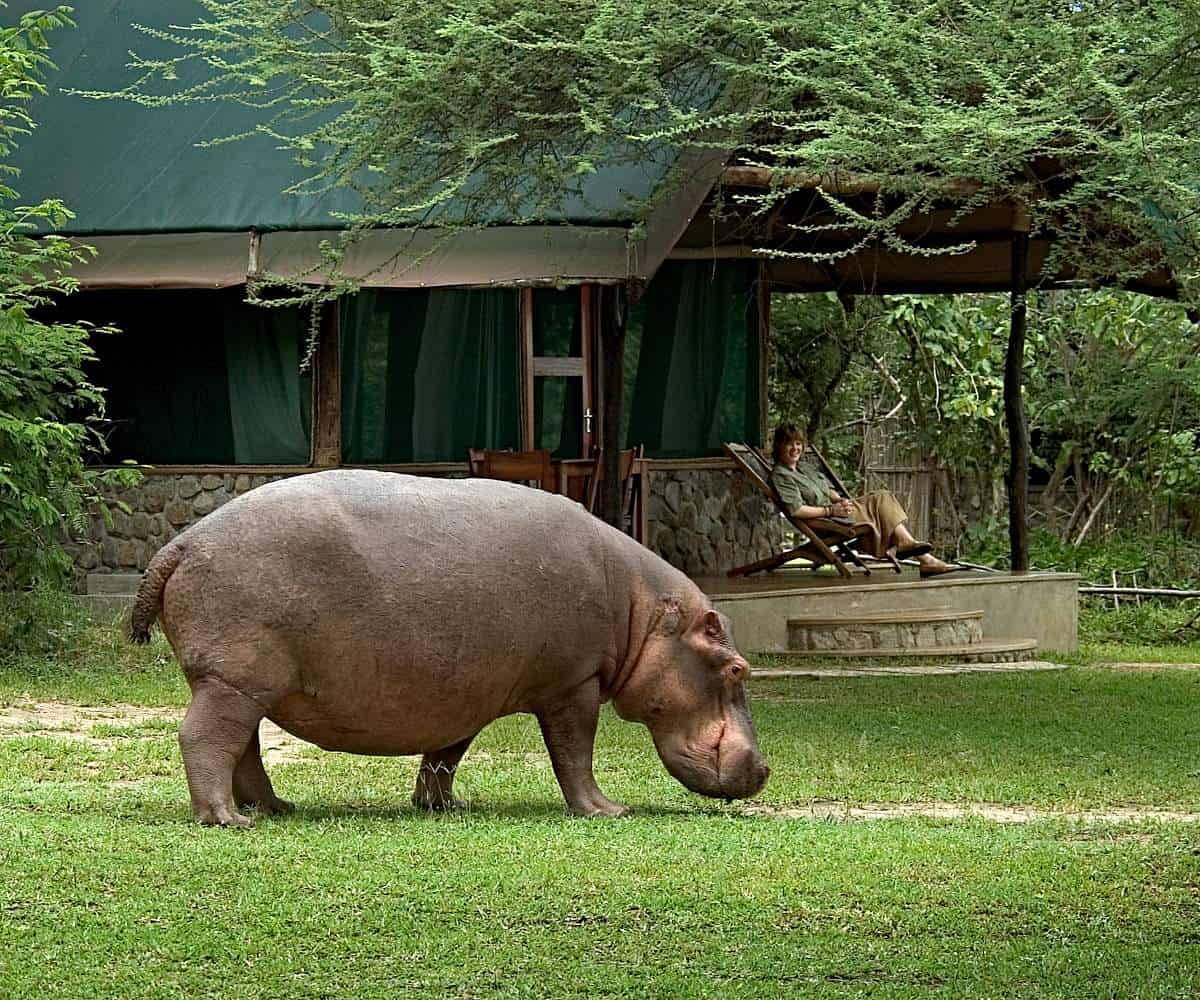


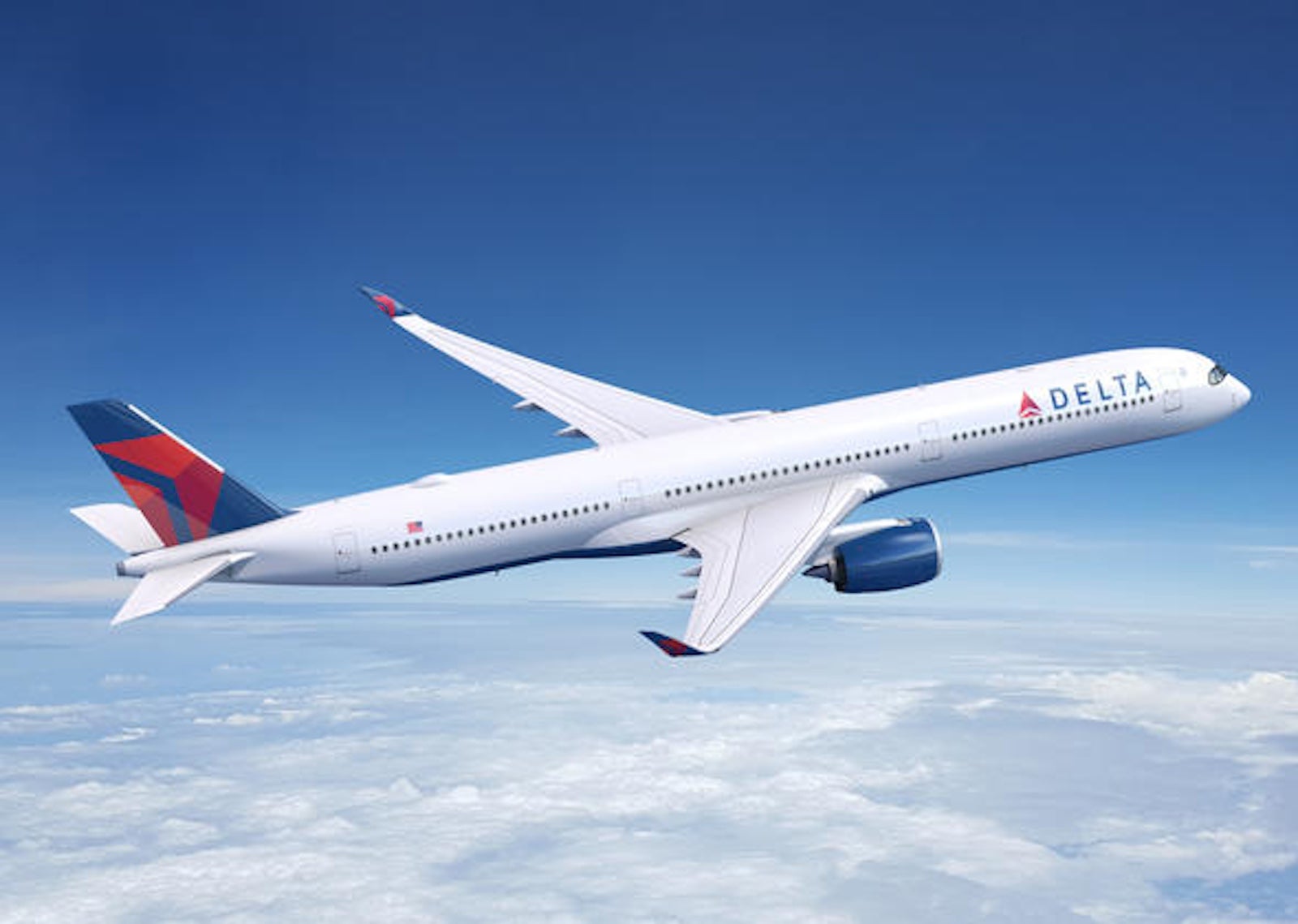
![GoPro HERO 13 Review – The Ultimate Camera Guide [2024]](https://www.nomadasaurus.com/wp-content/uploads/2024/09/GoPro-HERO-13-Black-Review-Feature-Image.jpg)


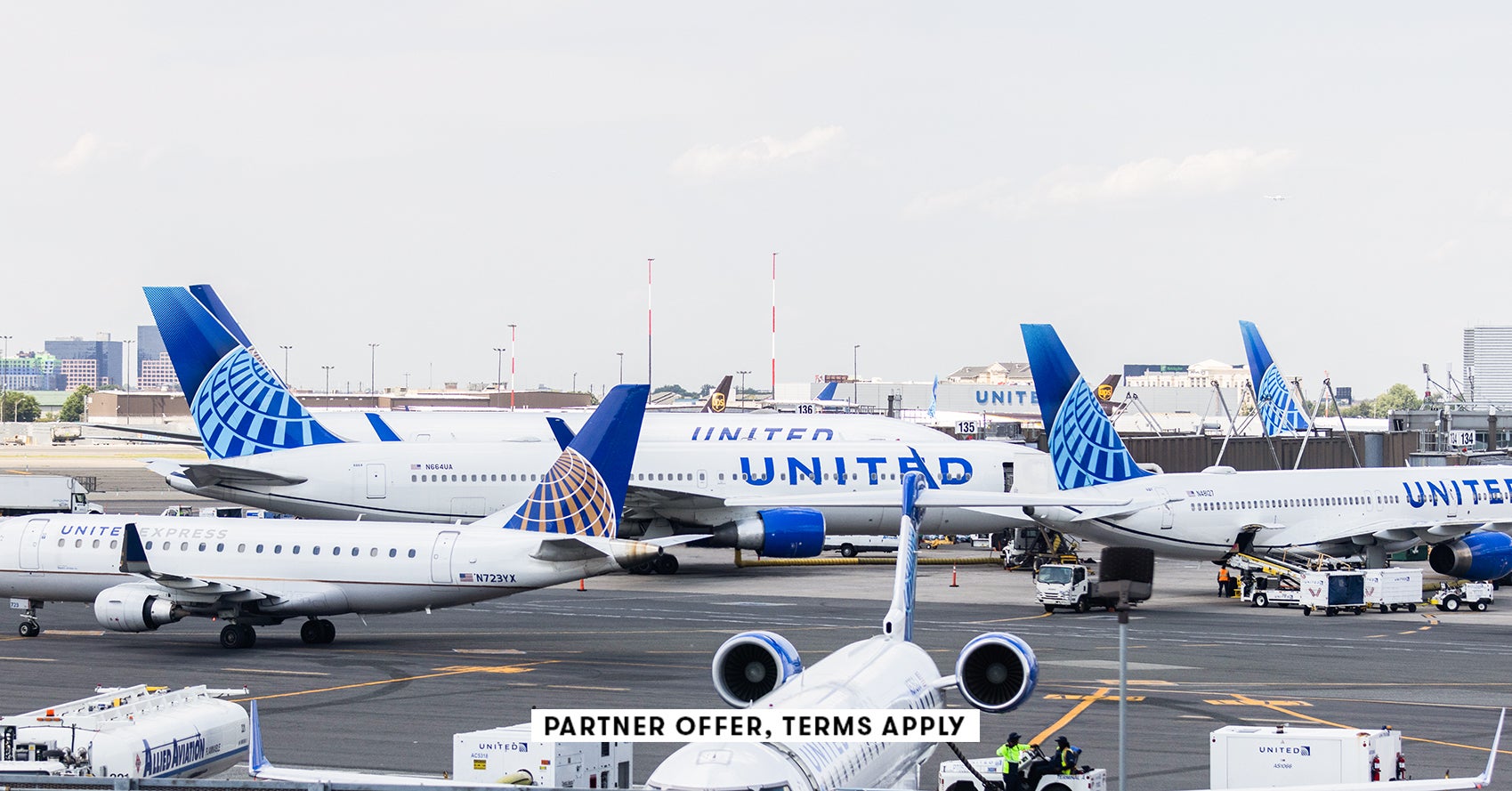

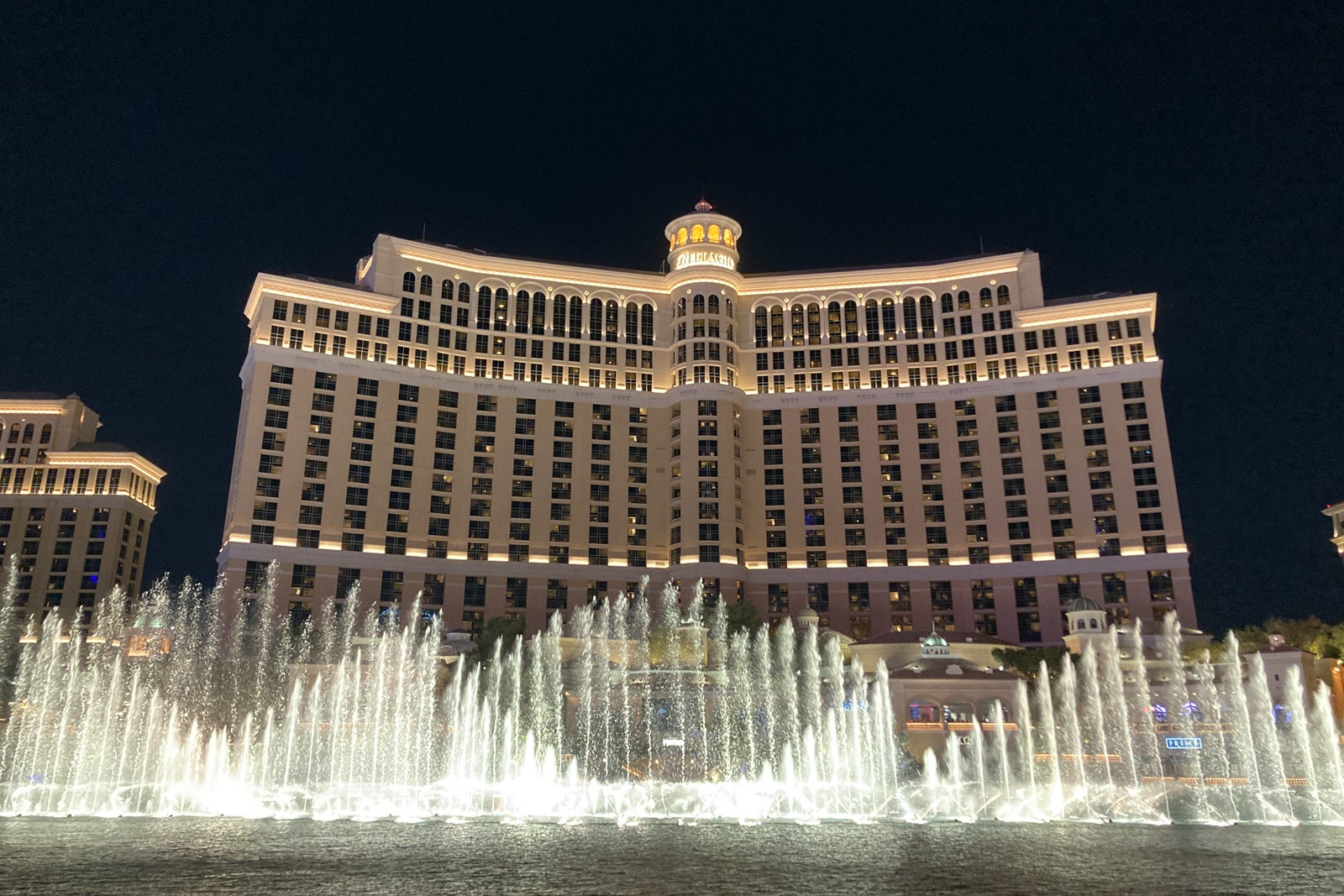
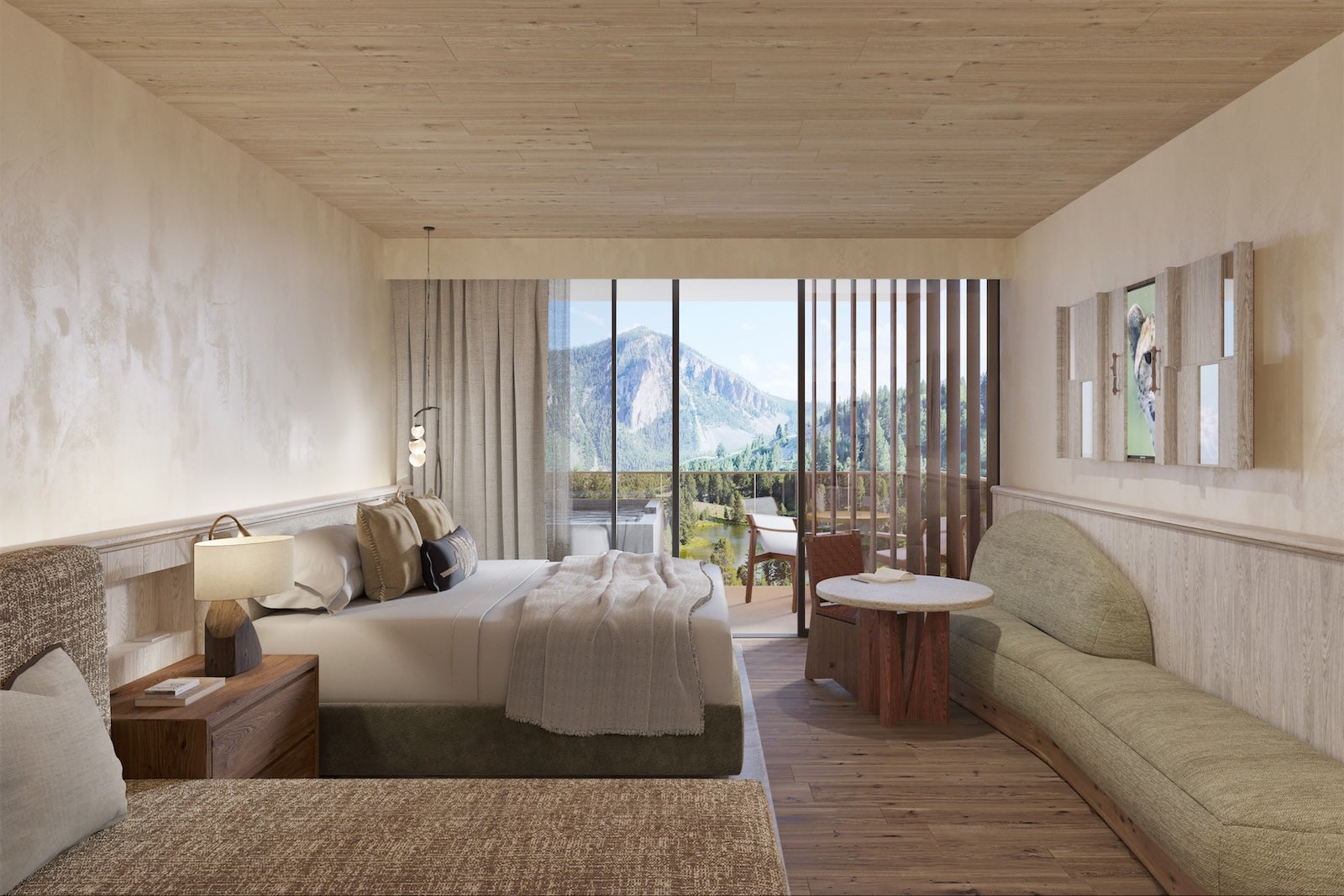
 English (US) ·
English (US) ·